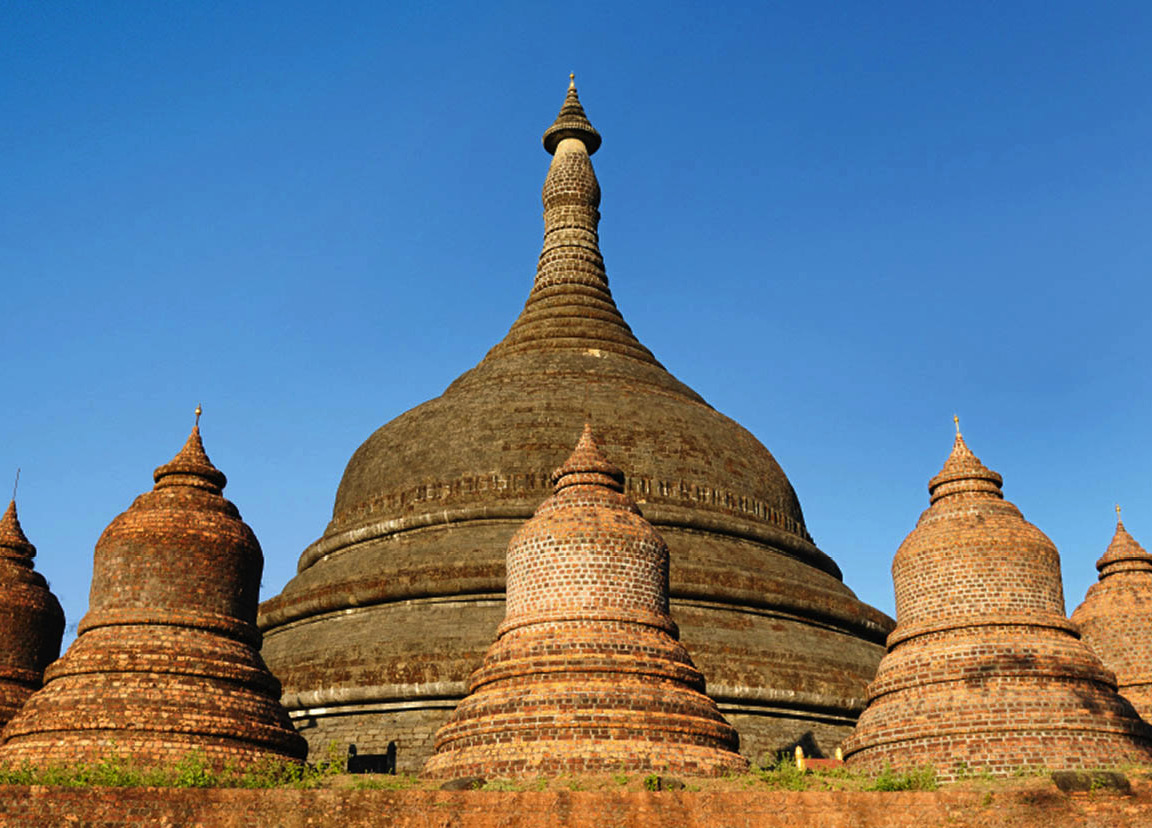Only open to visitors since the 1990s, western Myanmar is still very much off the beaten track. It’s an extensive region of placid, sandy beaches, slow-moving broad rivers, jungle and impenetrable hills. From the beaches of Rakhine in the south, to the Indian border in the north, it is isolated from central Myanmar by a series of hardy mountain ranges – the Rakhine Yoma, the Chin Hills and the Letha Taung. To the southwest, the region is washed by the Indian Ocean, then the land frontier marches north by Bangladesh’s Chittagong Hill Tracts and the Indian states of Mizoram and Manipur.

Ngapali Beach, Myanmar’s best-known resort.
Getty Images
This is where the historically independent Kingdom of Arakan once flourished, a Buddhist state where the kings traditionally also carried a Muslim title, and where Southeast Asian Buddhism met and intermingled with Bengali Islam. In historical terms, western Myanmar is a peripheral land, neither Burmese nor Indian, though it becomes more integrated into Burmese culture by the year – particularly given the continual, merciless oppression of the region’s Indian-descended Rohingya people, once a major feature of Rakhine’s towns and villages, most of whom have now been driven abroad or internally displaced into refugee camps where they have become largely invisible to the outside world.
North of Rakhine the unexplored hill tracts of Chin State remain one of the least-known parts of Myanmar – not just largely unvisited by foreigners, but unfamiliar to all but a handful of Bamar, most of them military men or frontier police. The most traditional part of Chin State is in the south, where unmarried Chin women still wear traditional dress. Further north, the Chin have been Christianised and have, in large part, adopted Western dress.

A fisherman with his nets.
iStock
Rakhine’s attractions at present boil down to just a handful of stand-out highlights. The idyllic resort of Ngapali is the biggest draw, with its pristine sands, gorgeous (if pricey) resorts and idyllic, miles-from-anywhere ambience. Further north lies the interesting Rakhine capital of Sittwe, from where the memorable boat trip up the Kaladan Riverbrings you to the remote and magical city of Mrauk-U, the temple-studded capital of Old Arakan.
Chin State, meanwhile, remains largely off the tourist itinerary for the moment, although it’s now possible to visit parts of the state with a permit and travel with a licensed guide. Most of the very few visitors who do come head for the spectacular Nat Ma Taung (Victoria Peak).
Western Myanmar is not the easiest part of the country to visit. While access by sea or by road is possible, these are slow and unreliable options. Most people fly in from Yangon or Mandalay to eitherSittwe or Ngapali.

At the Mrauk-U temples, the massive Ratanabon Paya is ringed by 24 smaller stupas.
iStock